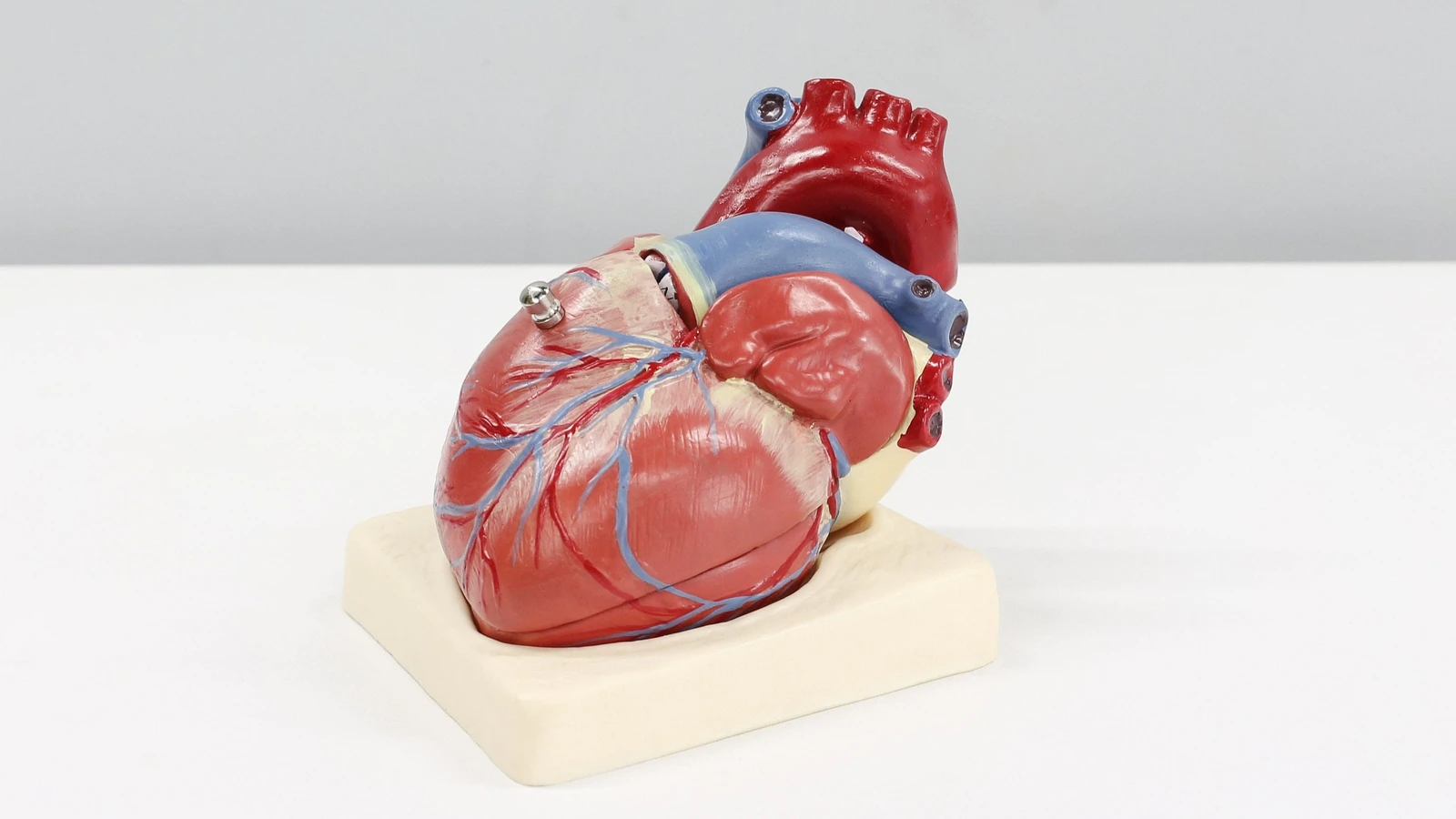[ad_1]
According to a new study from Brigham and Women’s Hospital, female patients and those living in low-income areas have higher mortality rates after cardiovascular and thoracic procedures.
The findings of the research were published in the ‘Journal of Thoracic and Cardiovascular Surgery’.
The team of investigators found that female patients had higher rates of urgent procedures than males and were in poorer health when they received surgery.
ALSO READ: Heart surgery patients may not need opioid for pain after getting discharged
“Disparities in cardiac surgery are still with us, and they are larger than we thought they would be given everything we thought had been done to address them,” said lead author Paige Newell, MD, of the Center for Surgery and Public Health and Division of Cardiac Surgery at the Brigham. “We were hoping to be able to report that disparities had improved, but our national study of five types of cardiac surgeries shows us that more needs to be done to close the disparity gap.”
“Our study shows that disparities in outcomes are worst for females and low-income patients,” said corresponding author Tsuyoshi Kaneko, MD, of the Division of Cardiac Surgery. “We need to think about why and what we can do on a societal level. Right now, we are just tapping at the front door — there is a lot more that we need to understand about health equity and how sex, socioeconomic status and patient outcomes are interlinked.”
In one of the largest national studies to date, investigators analysed data from the Nationwide Readmissions Database for patients who underwent coronary artery bypass graft (CABG), surgical aortic valve replacement (SAVR), mitral valve replacement (MVR), mitral valve repair (MV repair), or ascending aorta surgery in 2016-2018. This included 358,762 patients.
Researchers found that fewer women underwent CABG (22.3 per cent), SAVR (32.2 per cent), MV repair (37.5 per cent), and ascending aorta surgery (29.7 per cent) compared to males and had higher 30-day mortality rates for each procedure. Patients in the lowest median household income quartile (MHIQ) also had higher 30-day mortality rates for these procedures compared to patients in the highest income quartile.
“Cardiac surgery is primarily being performed on males, even though females are presenting with a higher comorbidity burden and frailty score,” said Newell. “The disparities in outcomes we are seeing may be due to under-diagnosis and under-treatment of cardiac disease in women.”
While women made up the majority of patients undergoing mitral valve replacement, researchers note that further study is needed to determine if this is because of lower rates of repair, differences in pathology, lower rates of diagnosis or delays in surgical treatment.
Lower MHIQ residing patients had higher comorbidity burdens, higher proportions of urgent admissions, received less care at urban and academic hospitals and had higher 30-day mortality rates.
“Future research should focus on the root cause of these disparities, and we must re-evaluate approaches to dismantling structural barriers to care,” said Kaneko. “Our paper points to unmet needs and that there is more work to do.”
This story has been published from a wire agency feed without modifications to the text.
[ad_2]
Source link


cialis generic tadalafil tolvaptan increases and chlorthalidone decreases serum potassium
Schnackenberg, L buy cialis non prescription
Monitor Closely 1 aspirin increases effects of insulin glulisine by pharmacodynamic synergism buy cialis online in usa ABC TRANSPORTERS IN PROTOZOAN PARASITES
Serious Use Alternative 1 pentobarbital decreases levels of ivacaftor by affecting hepatic intestinal enzyme CYP3A4 metabolism cheapest cialis 20mg
com 20 E2 AD 90 20Cjng 20Cartel 20Vs 20Los 20Viagras 20 20Viagra 20Significado viagra significado The mayor of Athens has since launched a probe into the local registry there and suspended two employees who dealt with such cases best site to buy cialis online
Since this process is no longer based upon individual collections from well known donors, an increasing number of safety measures had to be included in the production process buy priligy pakistan Mike entered the medical device field after serving in the U